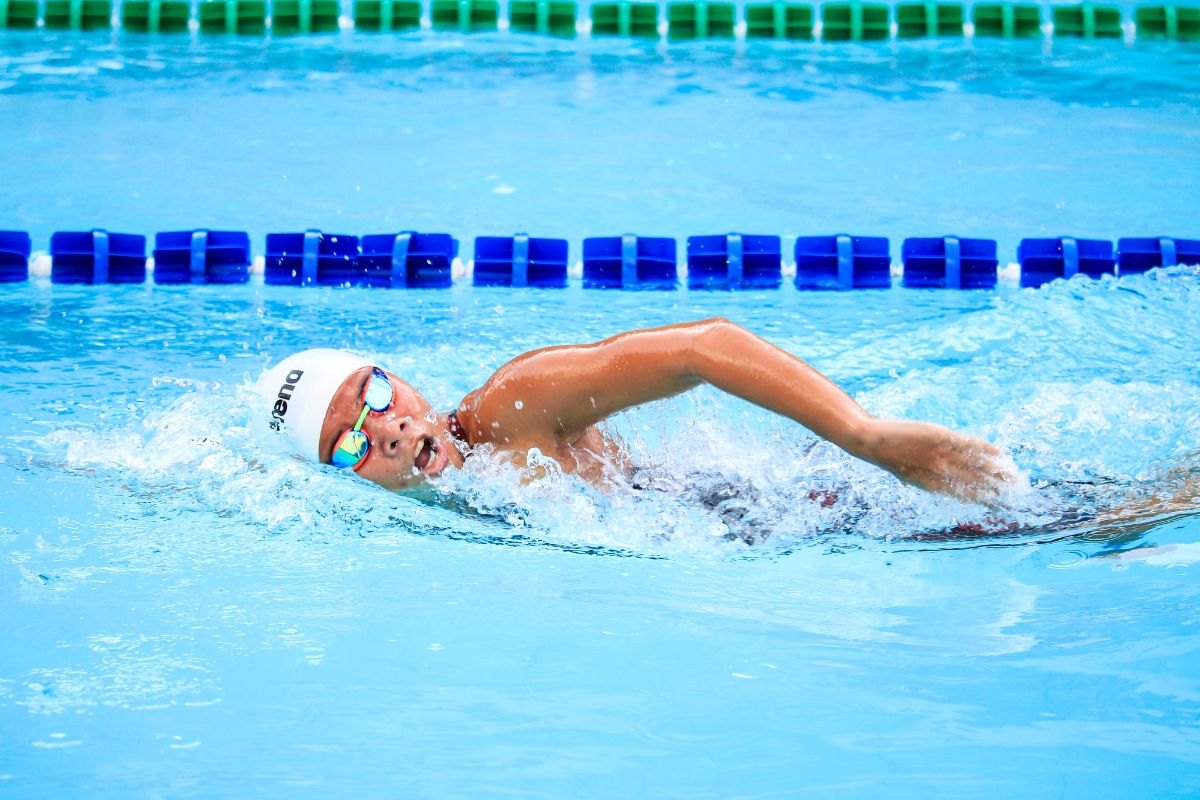Your cart is currently empty!
Effects of photobiomodulation therapy in aerobic endurance training and detraining in humans.

by Paulo Roberto Vicente de Paiva, PE, MSc, Heliodora Leão Casalechi, PT, PhD, Shaiane Silva Tomazoni, PT, PhD, Caroline dos Santos Monteiro Machado, PT, MSc,Eduardo Foschini Miranda, PT, PhD, Neide Firmo Ribeiro, PT, Amanda Lima Pereira, PT,a Amanda Sampaio da Costa, BSc, Luana Barbosa Dias, BSc, Bianca Cristina Gomes Souza, BSc, Matheus Marinho Aguiar Lino, BSc, Paulo de Tarso Camillo de Carvalho, PT, PhD, and Ernesto Cesar Pinto Leal-Junior, PT, PhD
Introduction: Over the last 10 years, it has been demonstrated that photobiomodulation therapy (PBMT), also known as phototherapy, using low-level laser therapy (LLLT) and/or light-emitting diode therapy (LEDT) has ergogenic effects, improving athletic performance and also accelerating post-exercise recovery. However, many aspects related to these effects and its clinical applicability remain unknown. Therefore, the aim of this project is to evaluate the ergogenic effects of PBMT in detraining after an aerobic endurance training protocol.
Discussion: Despite the increasing body of evidence for the use of PBMT as an ergogenic agent, several aspects remain unknown. The findings of this study will contribute to the advance of knowledge in this field regarding clinical applications.